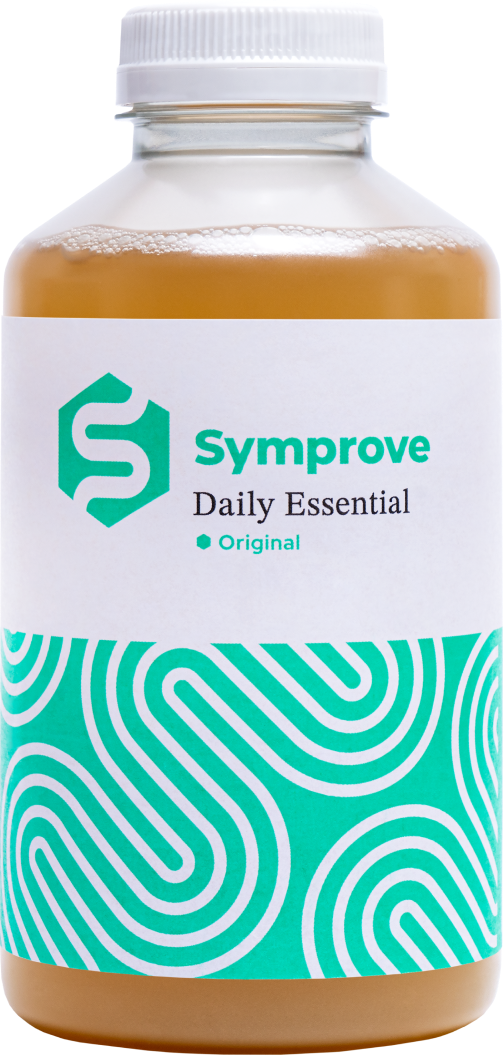As a Psychotherapist passionate about working with anxiety, I find that many of my patients experience an increase in anxious feelings as the relaxed routine of summer draws to a close. I commonly make small, implementable recommendations that make a powerful difference in those who feel overwhelmed as life accelerates towards Christmas.
Before I share five of those recommendations with you, I want to touch on what anxiety is and how it impacts people. Anxiety tends to be viewed negatively, when in and of itself, it is an incredibly effective, inbuilt alert mechanism.
When discussing anxiety, the focus tends to be on problematic, pathological symptoms such as rumination or panic attacks. In truth, anxiety is an awareness of perceived risk, and the physiological, sympathetic nervous system response that follows. Ideally, this response happens when a perceived threat is noted, causing our body to respond with a rapid production of cortisol and adrenaline so that we may escape or fight the threat. This can lead to life-saving action being taken before the psychological and physiological effects recede and homeostasis is resumed.
However, I tend to find that with many patients, the challenge is that often the threats faced are imagined. The anxiety response is triggered by intrusive thoughts, rumination or hypervigilance caused by historic experiences, limiting the client’s ability to engage in activities that nurture their wellbeing. Some speak of living in an almost constant hypervigilant state as if bracing themselves for something bad to happen. This can be exhausting, both physically and mentally.
Here are 5 easy ways I am encouraging patients to ease anxiety this autumn so that they can better engage with the things that improve their wellbeing:
- Nurture the gut – The brain and gut share many of the same nerve connections, known as the gut-brain axis. Therefore, the health of one, impacts the health of the other. If someone is struggling with busy and anxious thoughts, it is likely their gut won’t feel great either. Stress hormones released by the body impact the gut environment and lessens the production of antibodies, impacting immunity and general health. Both the gut and brain are positively impacted by the implementation of effective tools for anxiety. I also encourage patients to consume a varied and colourful diet, along with a daily shot of Symprove to provide them with live, anxiety-hormone-calming, bacteria.
- Seek routine – Humans are comforted by the predictability offered by routine and habit. After months of summer disruption I encourage patients to reassess their habits and routines in order to benefit from anxiety-calming predictability. We talk through daily routines and see where they might form new habits around sleep hygiene and movement, or reassess old routines to see if they are working well to meet their current needs. Walking through the motions of routine is grounding to the mind and nervous systems.
- Add some new tools to the anxiety toolbox – Here is a selection of quick and easy to access tools I commonly share with patients.
- Count back from 100 in 3’s. This is an effective disruptive technique to halt rumination.
- Take 10 deep breaths. I encourage patients to inhale deeply into their abdomen for 4, and exhale for an extended count of 7. This activates the parasympathetic nervous system state, also known as the ‘rest and digest’ state.
- List writing. Whilst anxiety is often focussed on the things outside of the realm of control, it is grounding to consider what my patients is able to control and ‘do’ in order to support themselves.
- Gratitude practice. Anxiety draws the attention to what is hard or risky. Gratitude is the practice of noticing what is good, and going well in one’s life. This brings balance to anxious thoughts and helps introduce a sense of calm.
- Let movement be led by mood – Humans wake with different resources every single day, dependent on factors such as sleep, immune responses, and what is being processed emotionally from the previous day. Instead of committing to a certain type of movement each day, I encourage client’s to consider what their body needs. One day it might be a sweaty workout, another it might be a gentle walk or a stretch. When life is busy, the body’s needs can be overlooked. By considering their current energy levels and health, they can take this into account when choosing how they move each day.
- Have fun – When life is busy, engaging in activities that improve joy and wellbeing can be deprioritised. We assess what brings the client a sense of wellbeing, and creatively explore ways to fit these activities in. I especially focus on activities that evoke the ‘flow state’. This is a creative state in which the client feels as if the world melts away. Engaging in flow state has so many benefits, including a reduction anxiety and stress, and an increase in confidence.
There are many ways to ease anxiety and support our patients and ourselves in feeling more grounded and present this autumn. Find your fun, move to your mood, breathe deeply and nurture your gut.



